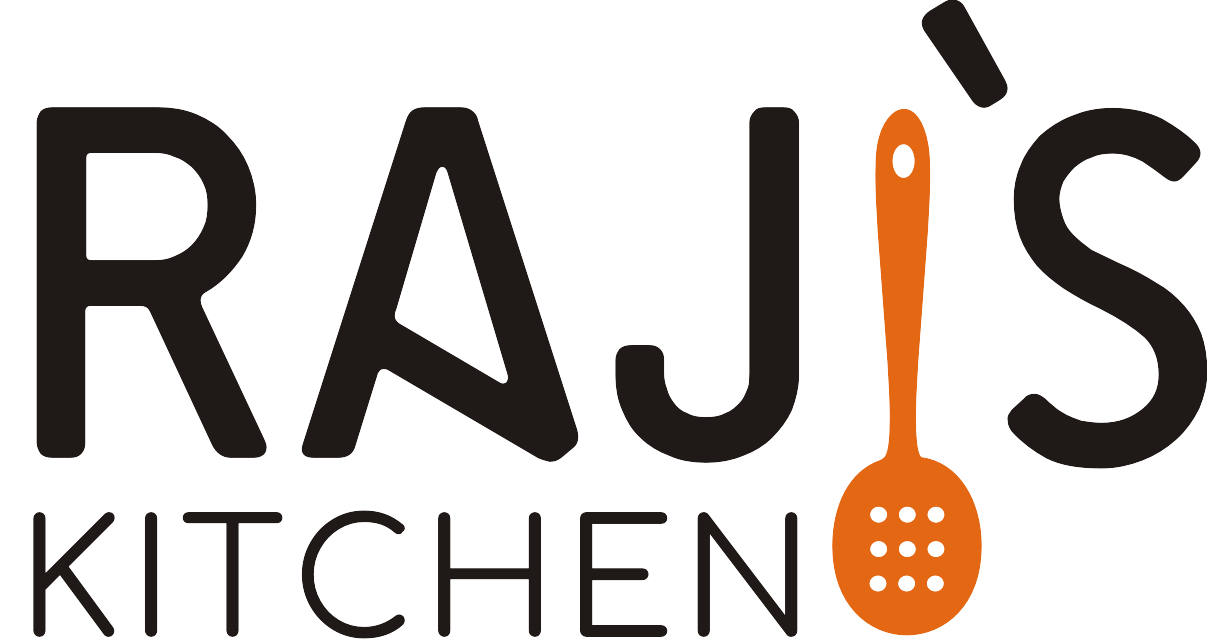Introduction
When it comes to traditional South Indian cooking, the mystery is usually hidden in the masalas. For households in the state of Tamil Nadu, particularly, two legendary spice mixes are put in focus: Kulambu Milagai Thool and Sambar Powder. Though they may look similar to the untrained eye, with their reddish-brown color and strong fragrance, they play opposite roles in the kitchen.
In this blog, we will dive into the main differences between Kulambu Milagu Thool and Sambar Powder, their ingredients, usage, flavor profile, and why picking the right one can make or break your dish. If you want their gravies to taste just like “paati’s” making, or one who’s venturing into the realm of South Indian spices, then this guide is for you.
1. What is Kulambu Milagai Thool?
Kulambu Milagai Thool is an authentic Tamil masala, dedicated to Kulambu gravy dishes, thick tamarind gravy dishes which go so well with some hot steamed rice.
Raji’s Kitchen’s homemade Kulambu Milagai Thool is handcrafted with traditional recipes that have been handed down through generations. It is roasted slowly and then ground by the stone grinding process, and hence the flavor and the aroma are preserved in this form, which is essentially lost in the case of the commercial blends.
Key Characteristics:
Primary use: Kara Kulambu, Vathal Kulambu, Ennai Kathirikai, Puli Kulambu
Flavor profile: Spicy, tangy, robust
Consistency: Coarse to medium-ground
Color: Deep reddish-brown
2. What is Sambar Powder?
Sambar Powder, however, is created to prepare sambar, which is a thin, lentil-based stew with additional vegetables and toor dal. It is more fragrant, milder, and has a hint of sweetness provided by dhaniya (coriander) and fenugreek.
Raji's Kitchen traditional Sambar Powder is made with special care, and the selection of ingredients we use is to ensure that you can make your homemade sambar taste good without being overwhelmed by the Sambar Powder.
Key Characteristics:
Primary use: Sambar, rasam, vegetable stir-fries
Flavor profile: Mild, earthy, slightly sweet
Consistency: Fine to medium-ground
Color: Lighter orange-brown
3. Usage: Can You Swap One for the Other?
Many home cooks wonder—Can I use Sambar Powder in Kara Kulambu or vice versa?
The short answer is: you shouldn’t.
Here’s why:
Using Sambar Powder in Kulambu: The dish may turn bland or slightly sweet. You’ll miss the depth and punch that Kulambu Milagai Thool brings.
Inclusion of Kulambu Milagai Thool in Sambar: The dish may turn out to be so spicy and overpowering that the natural sweetness of toor dal and vegetables will be lost.
The two spice blends are similar in that they can be used in most meals, but each is suited to a particular type of food. Tamil kitchens always have both, so do try our authentic, homemade versions at Raji Kitchen now..
4. Cooking Methods & Oil Pairing
Kulambu Milagai Thool:
Gingelly oil (nalla ennai) pairs best owing to its bold, rich flavor.
A tamarind base is essential to temper the heat.
Typically introduced for the masala to ‘open’ and fragrance the oil.
Sambar Powder:
Works best when cooked in ghee or any refined oil.
Cooked together with the boiled dal and accompanying vegetables
Normally introduced once the cooked dal has been mashed and the liquid simmered.
Pro Tip: Enhance the sambar’s depth of flavor by roasting the Sambar Powder just lightly before incorporating it.
5. Shelf Life & Storage Tips
As Raji’s Kitchen products are handmade and preservative-free, they retain their freshness for a prolonged period when stored correctly:
Store the masala in a sealed jar made of either glass or steel.
Store in an area that remains cool and dry.
Be sure to use a spoon that is entirely dry when scooping.
When stored right, both Kulambu Milagai Thool and Sambar Powder can stay fresh for up to 6 months.
6. Emotional & Cultural Significance
These spice mixtures are not merely ingredients in Tamil homes; they are sources of memory and identity. The aroma of the kulambu spread in the house, or the initial taste of hot sambar on a rainy day, holds emotional connotations that cannot be equaled with packaged masalas.
It is different in every family, yet there is one thing in common: authentic taste begins with a proper masala. This is what we are hoping to bring to the table with our freshly made, handcrafted spice powders at Raji Kitchen.
7. Why Raji’s Kitchen is the Right Choice
Amid a market flooded with mass-produced spices, Raji’s Kitchen restores authenticity and soul to your kitchen.
Crafted in small batches
No artificial colors or preservatives
Traditional methods of roasting and grinding
Recipes handed down from one generation to the next
Whether you’re revisiting lost family recipes or gleefully exploring South Indian flavors, our Kulambu Milagai Thool and Sambar Powder deliver that one-of-a-kind “amma’s kitchen” flair to your table.
8. Quick Recipes to Try
Kara Kulambu with Raji’s Kulambu Milagai Thool:
Heat gingelly oil, temper mustard seeds, and curry leaves.
Add chopped brinjal and sauté.
Add tamarind extract + 2 tsp of Raji’s Kulambu Thool.
Simmer for 15–20 mins.
Serve hot with rice.
Classic Sambar with Raji’s Sambar Powder:
Cook toor dal till soft, mash well.
In a pan, saute the vegetables in ghee.
Add water, tamarind pulp, and 1.5 tsp Raji’s Sambar Powder.
Simmer and finish with dal + tadka.
Serve with idlis, dosas, or rice.
9. Final Thoughts: A Masala for Every Mood
Choosing between Kulambu Milagai Thool and Sambar Powder isn’t about which is better—it’s about knowing the purpose of each. These spice blends aren’t interchangeable, but when used right, they bring out the best in your cooking.
So the next time you’re planning your South Indian menu, ask yourself:
“Am I making a spicy, tamarind-heavy gravy?” → Kulambu Milagai Thool
“Am I preparing a comforting dal-based stew?” → Sambar Powder
At Raji’s Kitchen, we honour both traditions with quality, care, and a taste that brings home closer to every meal.
Frequently Asked Questions (FAQ)
1. Can I use Raji’s Kulambu Milagai Thool in rasam?
No. It’s too strong for rasam. Use a dedicated rasam powder for best results.
2. Are these masalas spicy?
Kulambu Thool is medium-hot. Sambar Powder is milder. Both are balanced to suit family-style cooking.
3. How are your powders made?
They are slow-roasted, sun-dried, and stone-ground in small batches. We do not use preservatives.

